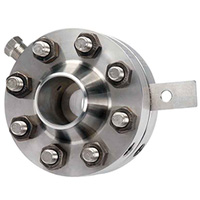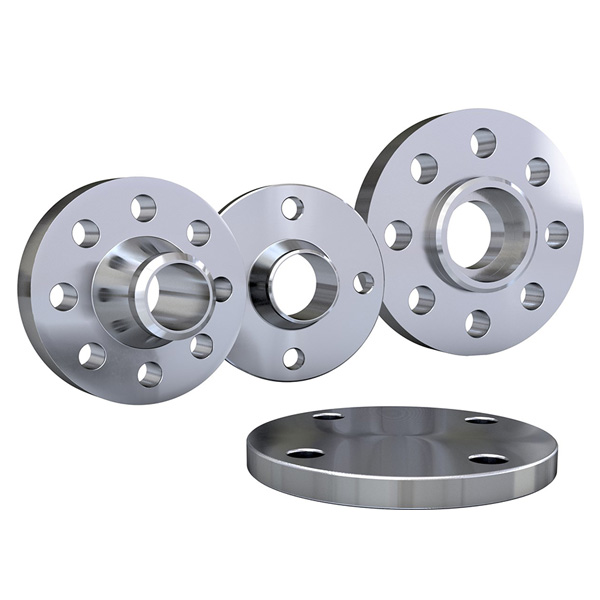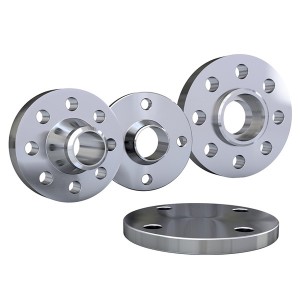Flange
Basic Introduction
Flange is the important part to connect two steel pipes that can be directly welded together, but it is difficult to connect without welding. When the connection part has problems, it will be hard to repair. The same problem also happened between the pipe and valve connection. Flange is usually used for connecting pipes or valves, so it can solve the above problems easily. The flange connection type usually comes with double units, with a gasket and some bolts & nuts to connect each other.
Flange Details
| Product Name | Flange - Weld Neck, Slip on, Socket Weld, Threaded, Blind, Lap Joint, Reducing, Orifice |
| Type | Carbon Steel / Alloy Steel / Stainless Steel |
| Range | 1/2”~36” |
| Standard & Grade | A105 A182 F1 F11 F12 F22 F5 F9 A350 LF2 LF3 A182 F304 F316 F321 F347 |
| Dimensions | ANSI/ASME B16.5, B 16.47 Series A & B, B16.48, BS4504, BS 10, EN-1092, DIN, etc. |
| Class/Pressure | 150#, 300#, 600#, 900#, 1500#, 2500#, PN6, PN10, PN16, PN25, PN40, PN64 etc |
Weld Neck Flange
Weld neck flange usually has two kinds of designs. High-hub flange and tapered-hub flange, the former one is the regular type and is used in connecting pipelines. The neck of the welding neck flange can be directly welded to the pipe end. Weld neck flange has the advantage of convenient construction, high strength, and good sealing performance. It is also widely used in different pressure pipelines.
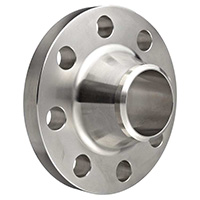
Slip On Flange
The slip on flange welding is also simplified as SO flange. It is used by inserting the pipe into the inner hole of the flange, as the flange's inner diameter is a little bigger than the pipe’s OD, the parts could be connected by lap welding at the top and bottom of the flange. Slip on steel pipe flange normally with raised face (RF) or flat face (FF), and is also available in TG and MFM. Slip on pipe flange is suitable for lower pressure, general temperature, and normal circumstance pipelines. It is easy to install and with lower cost/price, has been most used in the common industries.
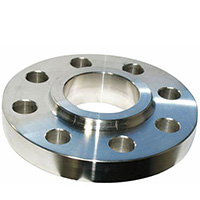
Socket Weld Flange
Socket weld flange is similar to the slip on flange, but the different part is the socket weld flange one side is welded with the steel pipe, and the other side is connected with studs. Generally, socket weld flange is used for small-diameter pipes.
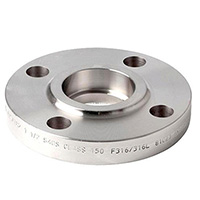
Threaded Flange
The threaded flange is the flange with threads in its inner surface, as to connect the threaded pipe. The advantage of this connection type is non-welding, so it is very convenient to install, and easy to repair. Threaded flange could be made of alloy steel, which has higher strength but bad welding performance. On the other hand, it could not use in extreme conditions as the temperature more than 260 ℃ or lower than -45℃, to avoid leakage.
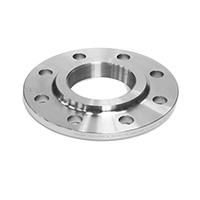
Blind Flange
The blind flange is like a solid disk without a whole in the middle, only with mounting holes (for connecting purposes) functioning to block off the pipelines to stop the flows.
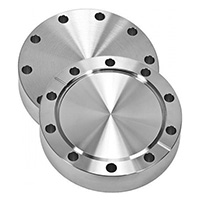
Lap Joint Flange
The lap joint flange set the flange on the pipe end by using a steel ring and flanging. The flange could be moved at the end of the pipe. Steel ring or flanging is the sealing surface, with a flange to press them together. Because of the steel ring or the flanging block, the lap joint flange will not contact the liquid. So it applies to corrosion-resistant pipelines.
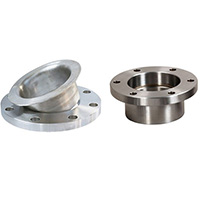
Reducing Flange
The reducing flange is used to reduce the diameter of the pipe. A reducing flanged joint consists of a reducing flange and a standard flange, functioning like a reducer fitting. The larger end of the reducing flange, which is in contact with the standard flange, is known as “the size from which the reduction is being made”; the smaller end of the reducing flange, which will be welded to a pipe, is known as “the size to which the reduction is being made”. The flow should travel from the smaller size to the larger one. If the flow direction were reversed, severe turbulence could develop.
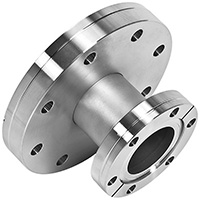
Orifice Flange
The Orifice Flange is used to measure the flow of product through the piping system. When the Orifice Plate is installed there is a restriction of flow creating a differential pressure and this is used to measure the flow rate of liquids, steam, or gases. The Orifice Plate is a thin plate with a center bore that is determined by the desired flow rate.
